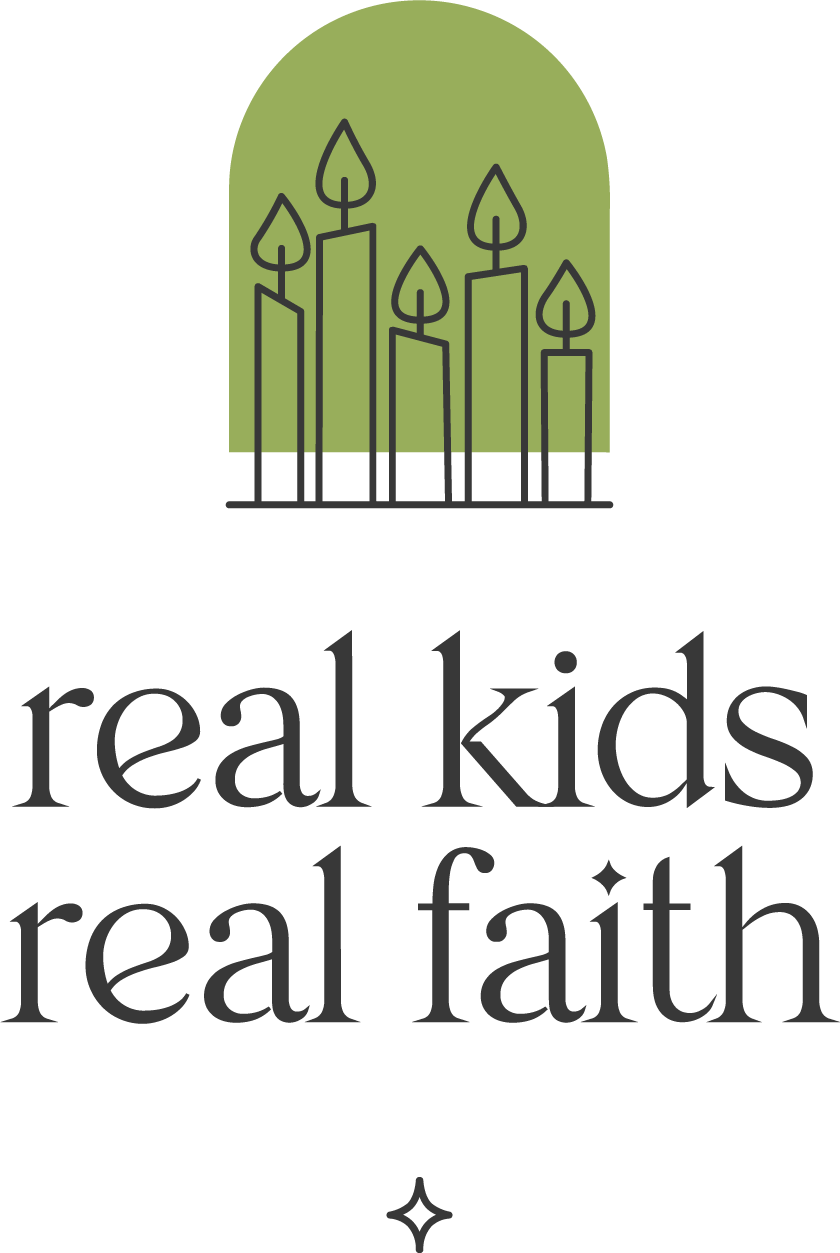Sometimes a story doesn’t need words to be powerful. That’s the case with Marta Bartolj’s Every Little Kindness, which takes readers on a wordless search for a lost dog. Each page offers insight into what can happen when we show kindness and compassion, even when we are hurting. The author even provides clues – through the use of red accents – as to who will be next to offer a helping hand.
Use one or more of these activities as you ‘read’ the pictures with children ages 3-9 years and explore various ways that people can take care of each other.
Naming emotions. The characters in the story show a variety of emotions. Invite children to look at the pictures again, paying close attention to people’s facial expressions. Draw simple faces on a poster-sized piece of paper that illustrate the different expressions children find and then write the emotion they associate with each expression underneath. Hang the poster where children can use it as a reference for naming emotions in the future.
Showing kindness. The book shows a lot of ways to be kind. See how many children can remember from the story. Ask: How did people show kindness in the story? If they have trouble recalling specific actions, offer hints, such as, What did the boy with the balloon do? What did the girl with the umbrella do? How did the boy help the woman with the bags? What did the girl with the ball do? With young children, invite them to look through the book again and point out places where people are being kind.
Building community. The girl with the lost dog starts a chain reaction when she gives her apple to the guitar player. Each action helps bring people together. Create a timeline with children that traces all these community-building acts of kindness from the shared apple to the return of the girl’s dog. Invite them to write and/or draw pictures of each action on a long sheet of banner paper or create your timeline digitally (see Related Resources).
Practicing community. While the book shows many ways to be kind and build community, there are other possibilities. Invite children to brainstorm ideas for showing kindness and compassion to others. Then encourage them to act out their ideas. With older children, play a game of charades and take turns guessing the kindness they have in mind. With younger children, put their ideas (and a few of your own) on slips of paper in a bowl and have children draw ideas to act out with each other.
Storytelling about kindness. The author observed others’ acts of kindness, which inspired her to create the book. Invite children to recall an act of kindness that they have witnessed and turn it into a short story. They might tell the story through pictures, words, or both. For young children, provide sheets of paper with lots of space for drawing and a few lines for writing at the bottom. Alternatively, encourage children to record a story about kindness to share with others.

Comments